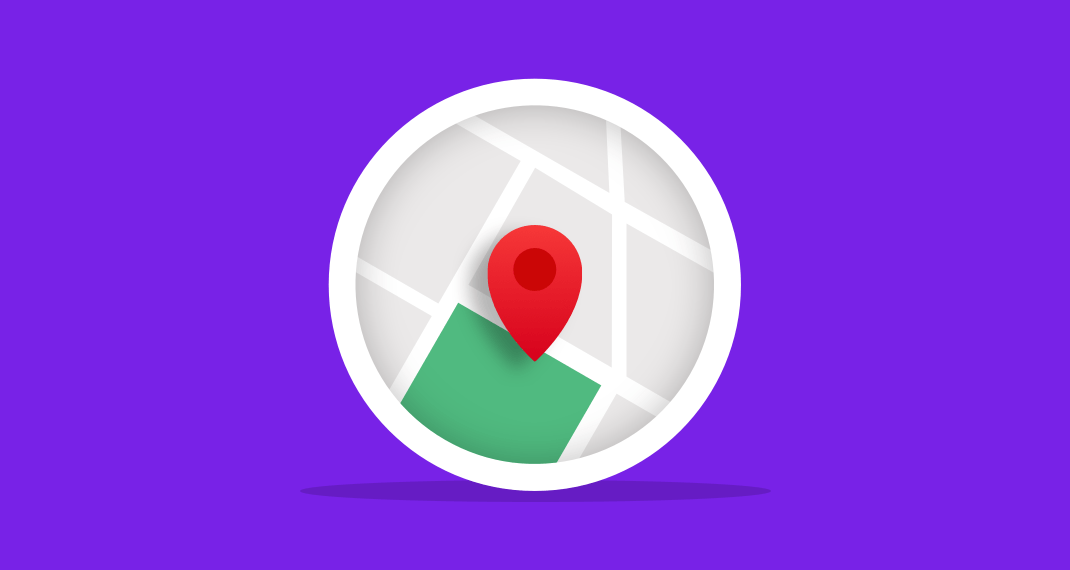Use Geotargeting to Improve Your Marketing Efforts
Published by Spinutech on May 29, 2020

As location data is becoming accessible through phones, computers, and other mobile devices, marketers are able to take advantage of this data to reach consumers. Geomarketing is the strategy of taking location-based data to drive digital marketing efforts. There are many tactics centered around using location data to advertise to your target audience. The more relevant an advertisement is, including localization, the more likely it is to drive sales.
What is Geotargeting?
Geotargeting is a facet of geomarketing where content is delivered to a user based on their location in the world by way of a paid advertisement. Through the power of technology, a user’s specific location can be found via their IP address, device ID, GPS signals, and more. Geotargeting works by targeting potential customers by a region or state, zip code, specific address, radius location, IP address, and more.
This type of location-based marketing allows you to access people in real-time or historical location. If you’ve ever found yourself visiting a store, then a day or so later receiving an online advertisement on your cell phone for that store again, this is an example of geotargeting. Historical geotargeting is a great way to increase foot traffic in stores and capture those customers who may have not completed their purchase.
There are plenty of options to make your marketing campaigns stand out, but ultimately the important thing is to make sure your ads are as location specific as possible and match the proper location you are wanting to target. Depending on your location, you can share different visual elements, offers, and maybe even write your advertisement copy in a relevant language.
When designing your geotargeting advertisements, keep in mind the specific audience and interests you are targeting. This demographic data, combined with geotargeting information, helps narrow down on your perfect audience even more. The more relevant information you provide to your audience, the more likely they are to trust your brand and ultimately make a purchase.
How to Make Your Targeted Ads Perform
Setting your location-based advertisements up for success will help you to get the most bang for your buck. Here are a few tips and geotargeting best practices to get you started.
Know Your Location
Understanding your business model helps you to determine which locations to target. For example, if you’re an online retailer that only ships to locations in the Midwest, it wouldn’t make sense for you to show advertisements in Oregon. Targeting only the areas you serve makes your advertising dollars go further.
The same thing goes for brick-and-mortar locations. It doesn’t make sense to advertise outside of your service area, so be sure to only target where you are located and neighborhoods or other cities within a reasonable distance.
Avoid Competing Locations
If you are a franchisee or have multiple locations near each other, this is a step you’ll need to take to make sure your ads are segmented correctly. If your locations are all bidding for the same keywords, take time to segment each location by a different product or service. Include offers to drive foot traffic to your stores as well.
Certain businesses may not have enough variety to segment by services, and that’s okay! A/B testing can help you determine which keywords are best for each location, but be sure to not overlap targeted areas.
Choose the Right Keywords
Having the ability to reach consumers using their location doesn’t mean that alone is going to lead you to success. Doing keyword research and understanding your products, services, and what your audience is looking for will help you to write relevant ads. Targeting by location and keyword makes your online presence that much stronger to encourage sales.
Hide Ads From Competitors
What your competition doesn’t know won’t hurt them, right? Geotargeting advertisements allows you to turn on IP exclusion. By identifying your competitors’ office locations, you are able to prevent their employees from seeing what you’re advertising. This can come in handy if you’re testing a new offer or a product.
This is a good strategy if you are in a highly competitive sales industry, such as insurance. Granted, if your competitors are using tools or an advanced software, they can still see what you’re doing — this just makes it a little tougher.
Geotargeting can be a successful and sustainable marketing strategy if implemented correctly. Work with our strategists to get started on capturing your customers today.